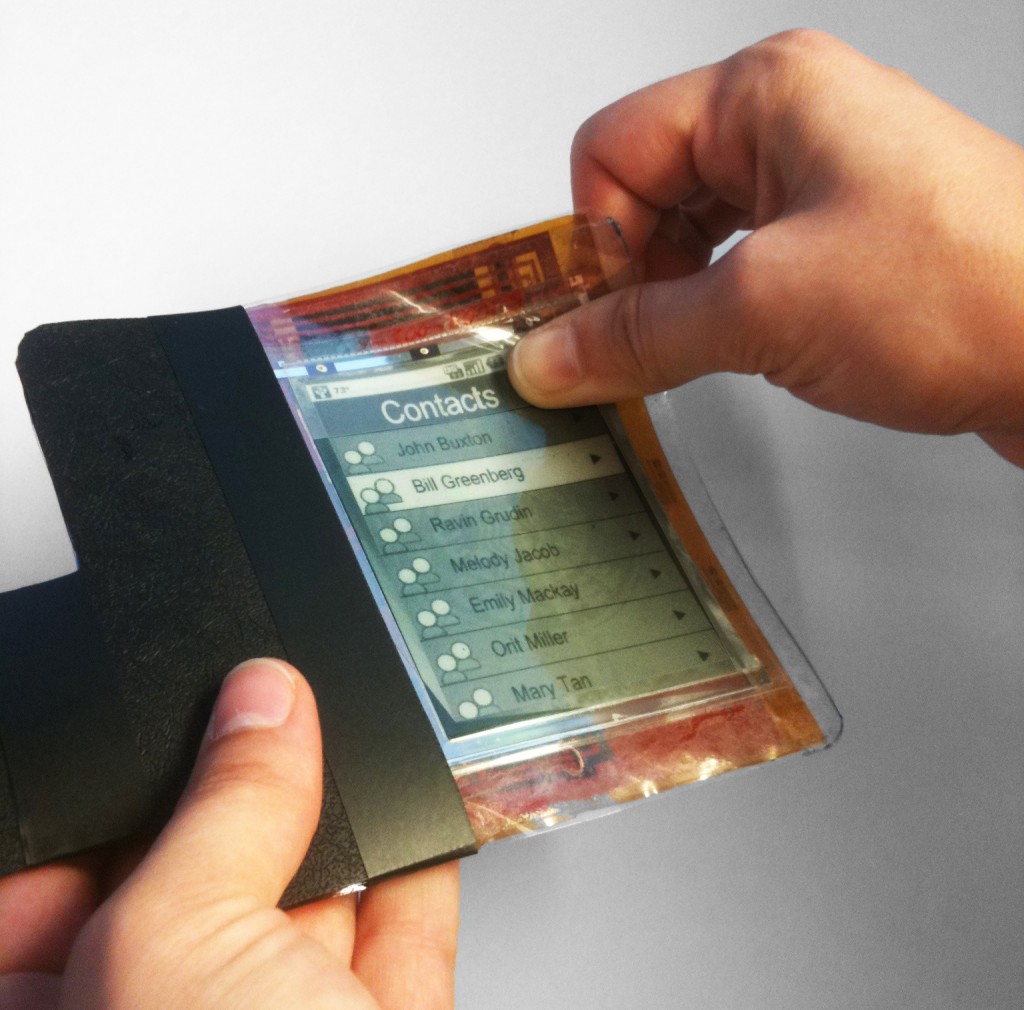There have been a few articles recently about (US) DARPA (Defense Advance Research Projects Agency) that have roused my interest in how they view innovation and business. The first piece I’m mentioning is a request for a proposal (RFP) on nanotherapeutics in a Nov. 22, 2011 news item on Nanowerk,
Through the U.S. Department of Defense’s Small Business Innovation Research (SBIR) program, DARPA is currently soliciting research proposals to develop a platform capable of rapidly synthesizing therapeutic nanoparticles targeted against evolving and engineered pathogens (SB121-003: Rapidly Adaptable Nanotherapeutics pdf).
Here’s part of the problem they’re trying to solve,
Acquired resistance compromises our ability to fight emergent bacterial threats in injured warfighters and our military treatment facilities. For burn patients in particular, multidrug-resistant Acinetobacter calcoaceticus-baumannii complex (ABC) is a common cause of nosocomial infection, causing severe morbidity as well as longer hospital stays. Typically, antimicrobial resistant infections require a hospital stay three times as long and are in excess of four times as expensive. Therefore, new and innovative methods to control bacterial infection in the military health system are of critical importance.
Here’s what they want,
Recent advances in nanomaterials, genome sequencing, nucleotide synthesis, and bioinformatics could converge in nanotherapeutics with tailored sequence, specificity, and function that can overcome earlier challenges. Collectively, these core technologies could permit the development of an innovative pharmaceutical platform composed of nanoparticles with tethered small interfering RNA (siRNA) oligonucelotides whose sequence and objective can be reprogrammed “on-the-fly” to inhibit multiple targets within multiple classes of pathogens.
This topic is focused on the development of a revolutionary rapidly adaptable nanotherapeutic platform effective against evolving and engineered pathogens. The biocompatible materials used to fabricate the nanoparticle should optimize cellular targeting, intracellular concentration, target sequence affinity, resistance to nuclease, and knockdown of target genes. The platform should leverage state-of-the-art genomic sequencing and oligonucleotide synthesis technologies to permit rapid programmability against evolving biologic threats.
I have taken a look at the RFP and, predictably, there’s a militaristic element to the introduction,
DARPA’s mission is to prevent technological surprise for the United States and to create technological surprise for its adversaries. The DARPA SBIR [Small Business Innovation Research] and STTR [Small Business Technology Transfer] Programs are designed to provide small, high-tech businesses and academic institutions the opportunity to propose radical, innovative, high-risk approaches to address existing and emerging national security threats; thereby supporting DARPA’s overall strategy to bridge the gap between fundamental discoveries and the provision of new military capabilities. (p. 1)
In short, we should never be caught with our pants down but we would like to catch our enemies in that position.
I was surprised to find that the responders are expected to create a business plan that includes information about markets, customers, and sales (from the RFP),
5. Market/Customer Sets/Value Proposition – Describe the market and customer sets you propose to target, their size, and their key reasons they would consider procuring the technology.
• What is the current size of the broad market you plan to enter and the “niche” market opportunity you are addressing?
• What are the growth trends for the market and the key trends in the industry that you are planning to target?
• What features of your technology will allow you to provide a compelling value proposition?
DARPA – 3
• Have you validated the significance of these features and if not, how do you plan to validate?
6. Competition Assessment – Describe the competition in these markets/customer sets and your anticipated advantage (e.g., function, performance, price, quality, etc.)
7. Funding Requirements – List your targeted funding sources (e.g., federal, state and local, private (internal, loan, angel, venture capital, etc.) and your proposed plan and schedule to secure this funding.
Provide anticipated funding requirements both during and after Phase II required to:
• mature the technology
• as required, mature the manufacturing processes
• test and evaluate the technology
• receive required certifications
• secure patents, or other protections of intellectual property
• manufacture the technology to bring the technology to market for use in operational environments
• market/sell technology to targeted customers
8. Sales Projections – Provide a schedule that outlines your anticipated sales projections and indicate when you anticipate breaking even. (pp. 2-3)
I do understand that the US has a military-industrial complex which fuels much of the country’s economic growth; I just hadn’t expected that the military would care as much as they do (as per this RFP) about their suppliers’ business plans and financial health. It makes sense. After all, you want your suppliers to stay in business as it’s expensive and time-consuming to find new ones.
I don’t know if this is a new philosophy for the agency but it does seem to fit nicely with the current director’s Regina Dugan’s approach. From a Q & A between Dugan and Adam L. Penenberg for an Oct. 19, 2011 article in Fast Company,
That seems a key part of your mission since you got here–that it’s not enough to be doing cutting-edge research.
When deputy director Kaigham Gabriel and I got here, we understood that DARPA is one of the gems of the nation. We had been asked to take good care of her. For me, part of that meant really understanding why DARPA has this half-century of success in innovation. And the first element in DARPA’s success is the power that lies at the intersection of basic science and application, in the so-called Pasteur’s Quadrant. Do you know Stokes’s theory of innovation?Absolutely not.
Donald E. Stokes wrote a theory of innovation in the late 1990s. Till then, most people thought of innovation as a linear process. You do basic science; then you do more advanced science; then you do the application work; then you commercialize it. What Stokes suggested is that it doesn’t happen that way at all. He preferred to think of it in a quadrant fashion, defining one row as very deep science and the other as light science; the two columns were a low-application drive and a high-application drive. Pasteur’s Quadrant happens at the deep-science-, high-application-drive quadrant. That’s DARPA’s absolute power lane. It’s called Pasteur’s Quadrant because serious concerns about food safety drove his research.A very recent example of how it works for us is the blast-gauge work that we do. Here’s a big problem: TBI, traumatic brain injuries. So the way we approach it at DARPA is to say, “Okay, let’s understand the basic science, the phenomenology. How is it that an encounter with a blast injures the brain? What levels of blasts cause what levels of injury? Is it the overpressure? Is it the acceleration? What is it?” A medical person from DARPA researched this and discovered it was the overpressure. And the DARPA physicist says, “We know how to measure that.” Together, they devise this little blast gauge that’s the size of a couple stacks of quarters [the gauge helps doctors measure a soldier’s blast-exposure level, enabling better assessment of injuries]. They develop it in one year, going through four iterations of the electronics. That’s fast.
All of this leads back to the idea of shipping products. The defense world is like a mini-society. It has to deploy to anyplace in the world on a moment’s notice, and it has to work in a life-or-death situation. That kind of focus, that kind of drive to ship an application, really does inspire greater genius. And the constancy of funding that comes with that–in good times or bad, whether this party or that party is in power–also helps inspire innovation.
Dugan later goes on to describe her first weeks at DARPA (she was sworn in July 2009) where she and the deputy director made it their mission to meet every single person on staff, all 217 of them.
Still on the theme of innovation and DARPA, there’s a Nov. 16, 2011 article, DARPA Is After Your Password, by Neal Ungerleider in Fast Company which has to be of huge interest to anyone who has passwords,
According to DARPA press materials, the agency is focusing on creating cutting-edge biometric identification products that can identify an individual user through their individual typing style. In the future, DARPA hopes smart computers will be able to verify account-holders’ identities through their typing speed, finger motions and quirks of movement.
…
Materials published by DARPA seem to indicate that researchers at the agency believe most contemporary account passwords–at least those adhering to best practices–are clunky, hard to remember, and ultimately insecure. According to program manager Richard Guidorizzi, “My house key will get you into my house, but the dog in my living room knows you’re not me. No amount of holding up my key and saying you’re me is going to convince my dog you’re who you say you are. My dog knows you don’t look like me, smell like me or act like me. What we want out of this program is to find those things that are unique to you, and not some single aspect of computer security that an adversary can use to compromise your system.”
…
Nobody likes entering passwords. Nobody likes remembering passwords. Nobody likes forgetting passwords. Creating a painless, easy, and secure password-replacement system will be a major cash cow for any firm that can effectively bring it to market. [emphasis mine]
My enthusiasm for a world without passwords aside, I do note the interest in having the technology come to market. I wonder if DARPA will accrue some financial benefit, i.e. a licensing agreement. I did quickly skim the RFP but was unable to confirm or disprove this notion.



